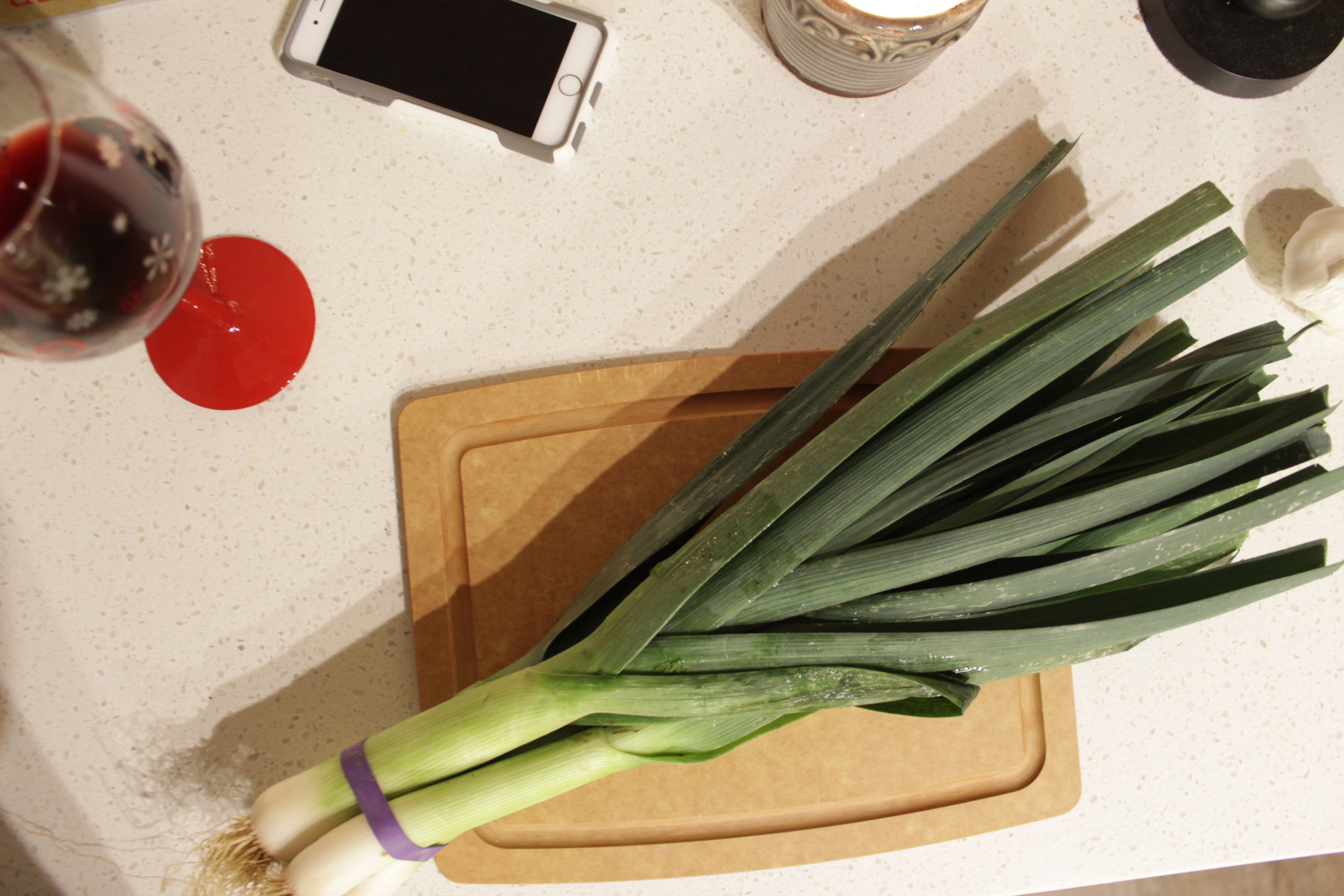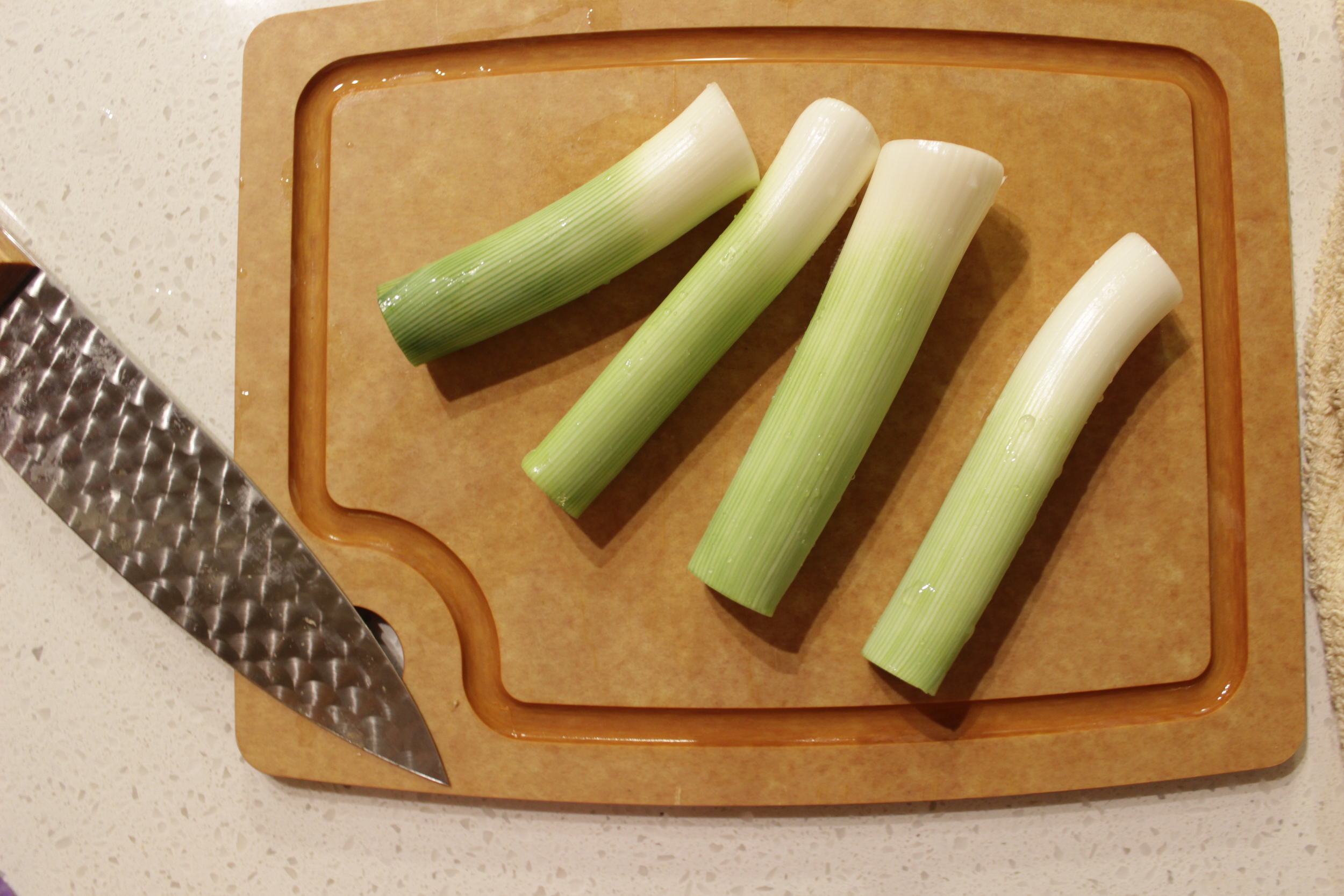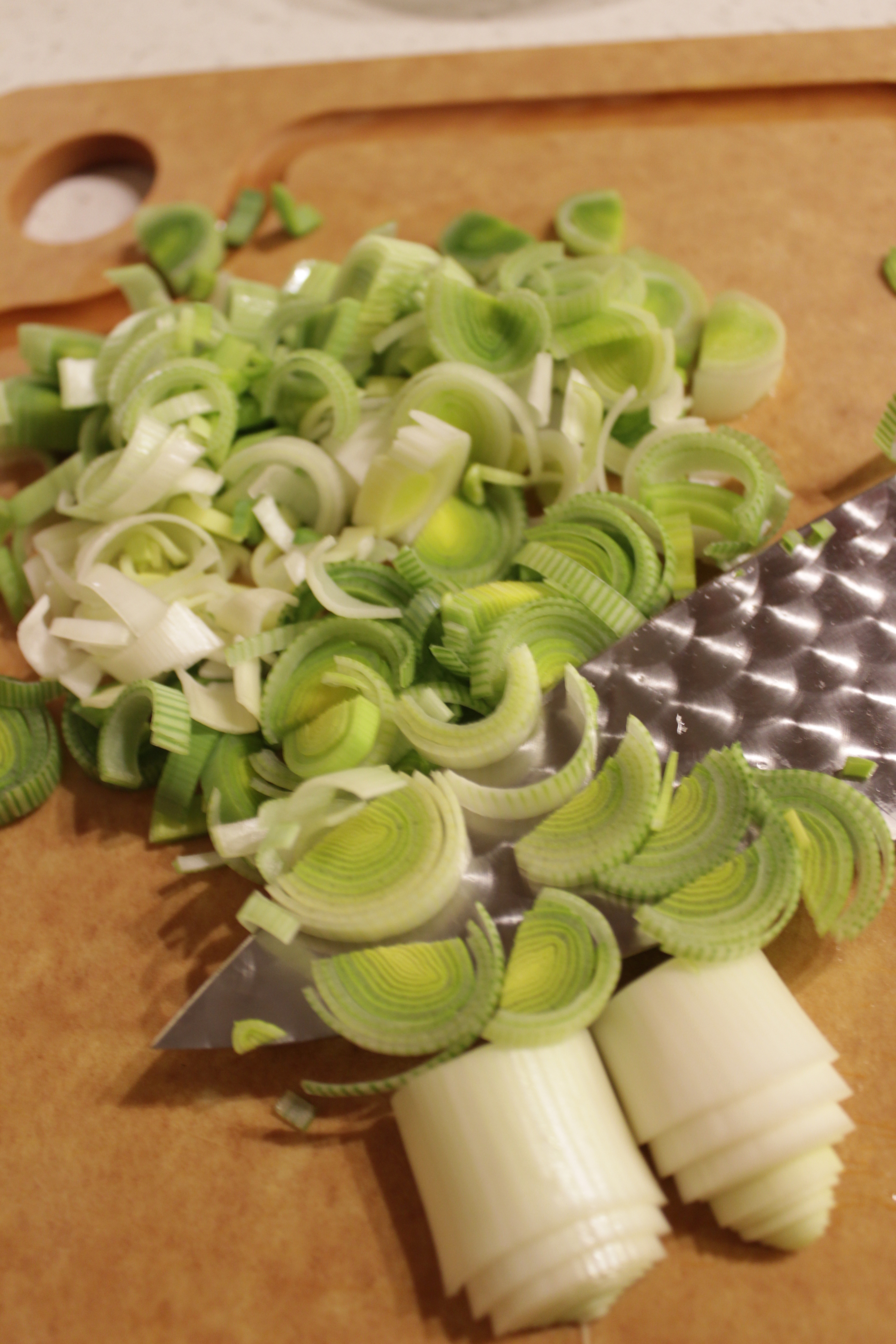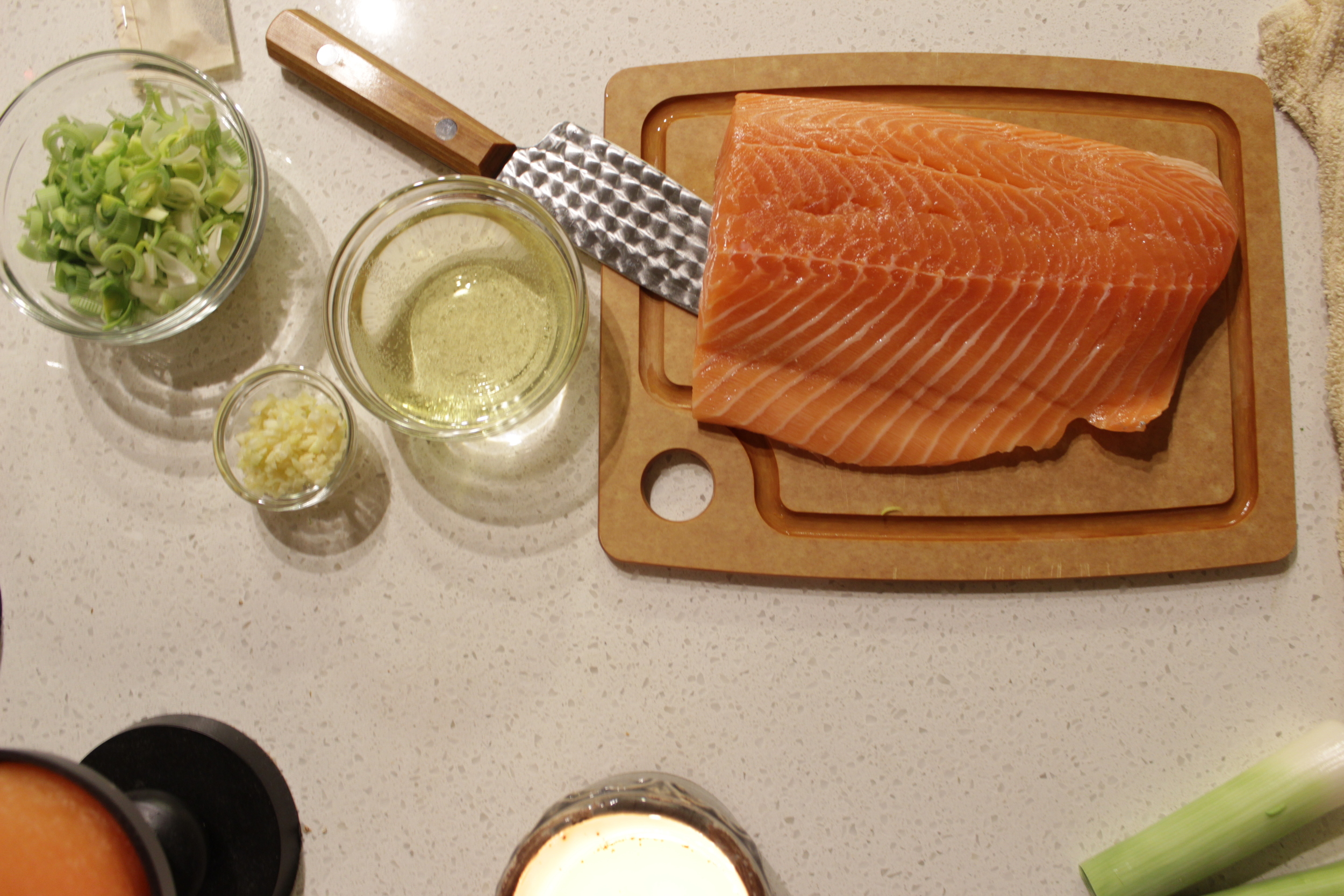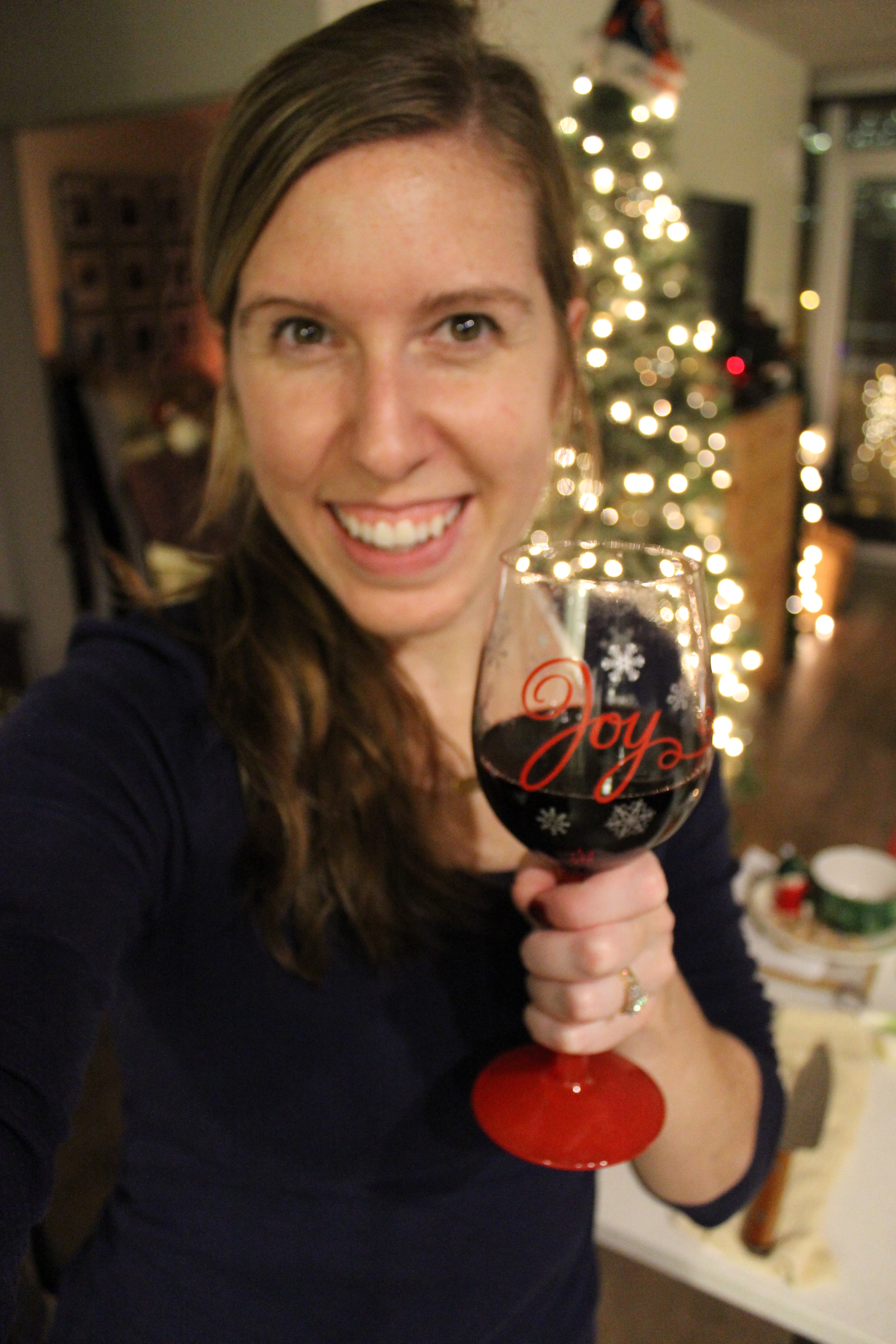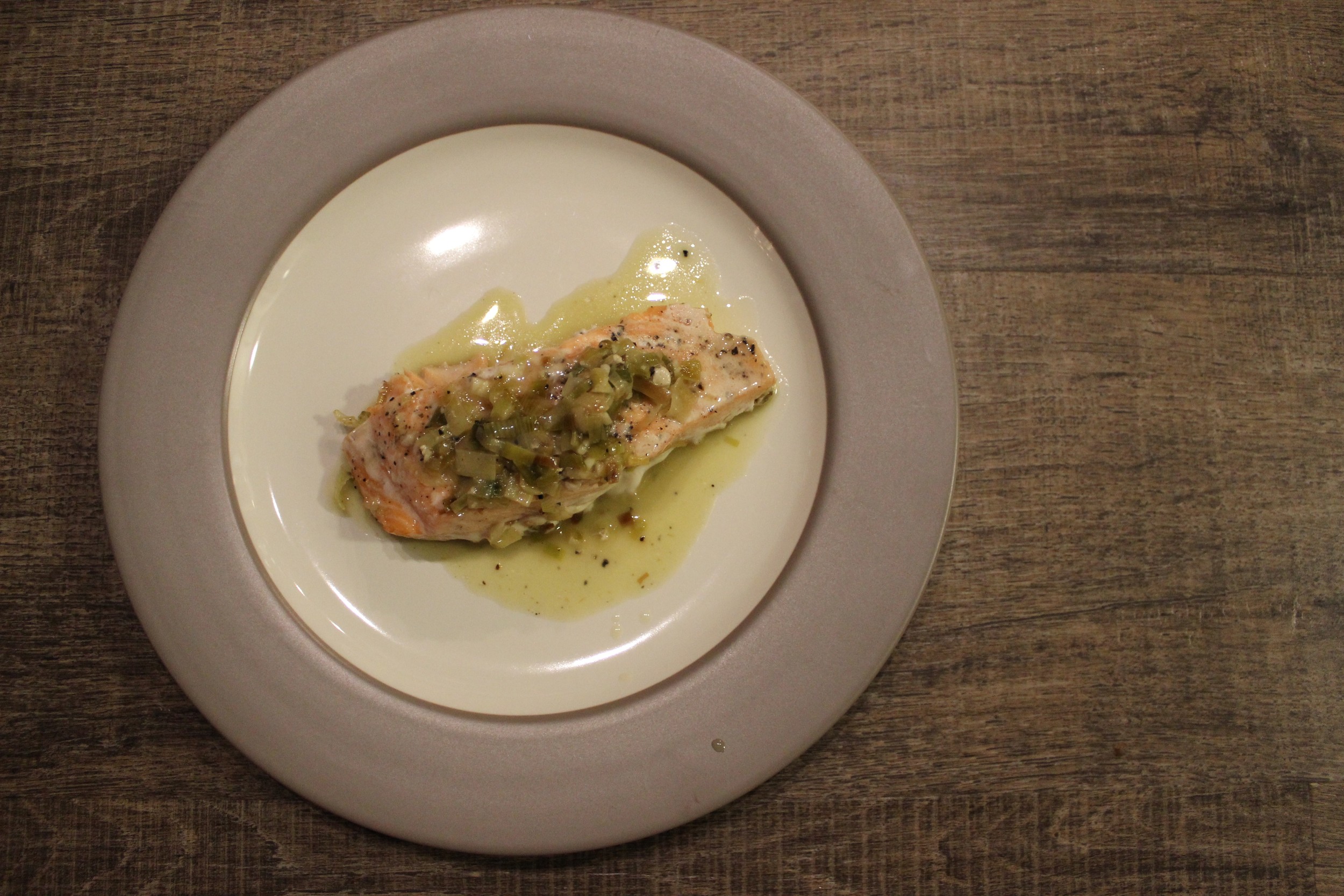Chapters 9 & 10: Why Casseroles Don't Need Liquid

Chapter 9: A Covered Pot Doesn't Need Liquid
The previous chapter discussed braising where I used my new cast iron dutch oven to make Coq Au Vin. That concept was rooted in getting tough collagen-heavy meats tender. But using the same tool (dutch oven or another type of covered pot) can be used for tender meats as well. In this case, no liquid is needed when the pot is covered. And The Science of Good Cooking keeps referring to is as cooking "en cocotte" which I much prefer to the stuffy word "casserole." :-)
Again, it mentions in the chapter that many recipes call for oven temperatures of 325 or 375, but that results are much more tender ta 250 (hat nod to Chapter 1).
The test for this concept:
- Set up:
- Two chickens were cooked: 1 covered pot, 1 uncovered pot
- Results:
- Much more moisture in the covered pot after cooking (duh)
- However, the retained moisture did not remain in the chicken, but rather in the pot
- The actual chicken in the covered pot DID retain a bit more moisture.
- However the major benefit of cooking en cocotte is the ability to make a delicious jus with the retained juice
Chapter 10: Bones Add Flavor, Fat, & Juiciness
Chapter 7 explained how collagen-high foods need to be slowly cooked at a low temperatures for a long time to convert the dense collagen into juicy delicious gelatin. Well, Chapter 10 is all about how bones add juiciness and flavor. In big part that is because 40% of bone is collagen. In addition, bones are lined with fat. And we all know that fat = flavor.
THE TEST FOR THIS CONCEPT (this is a cool one!):
- Set up:
- Cook's Illustrated formed two "loaves" of plain mashed potatoes.
- On one mashed potato loaf they added three cleaned bones
- The other mashed potato loaf they kept plain.
- Loaves were baked.
- Results:
- In a blind taste test, tasters claimed that the mashed potatoes cooked with the bones on top tasted noticeably "meatier"
Cooking en cocotte
We haven't eaten a lot of fish lately, so I chose the salmon en cocotte with white wine sauce. I'll give you a warning right now that my end dish doesn't look that beautiful. But I had to take a shot for proof that I made it through the recipe.
This dish also marks my first time using leeks!! I didn't really know what they were before. I assumed some time of crunchy, leafy root vegetable. Upon chopping them, I soon realized they must be in the onion family. And they are so pretty with their spirals of ombre color. Overall, this dish was good but I still need to figure out how to prevent that white stuff from forming on my salmon. (maybe brining? which is conveniently covered in next couple chapters..).
